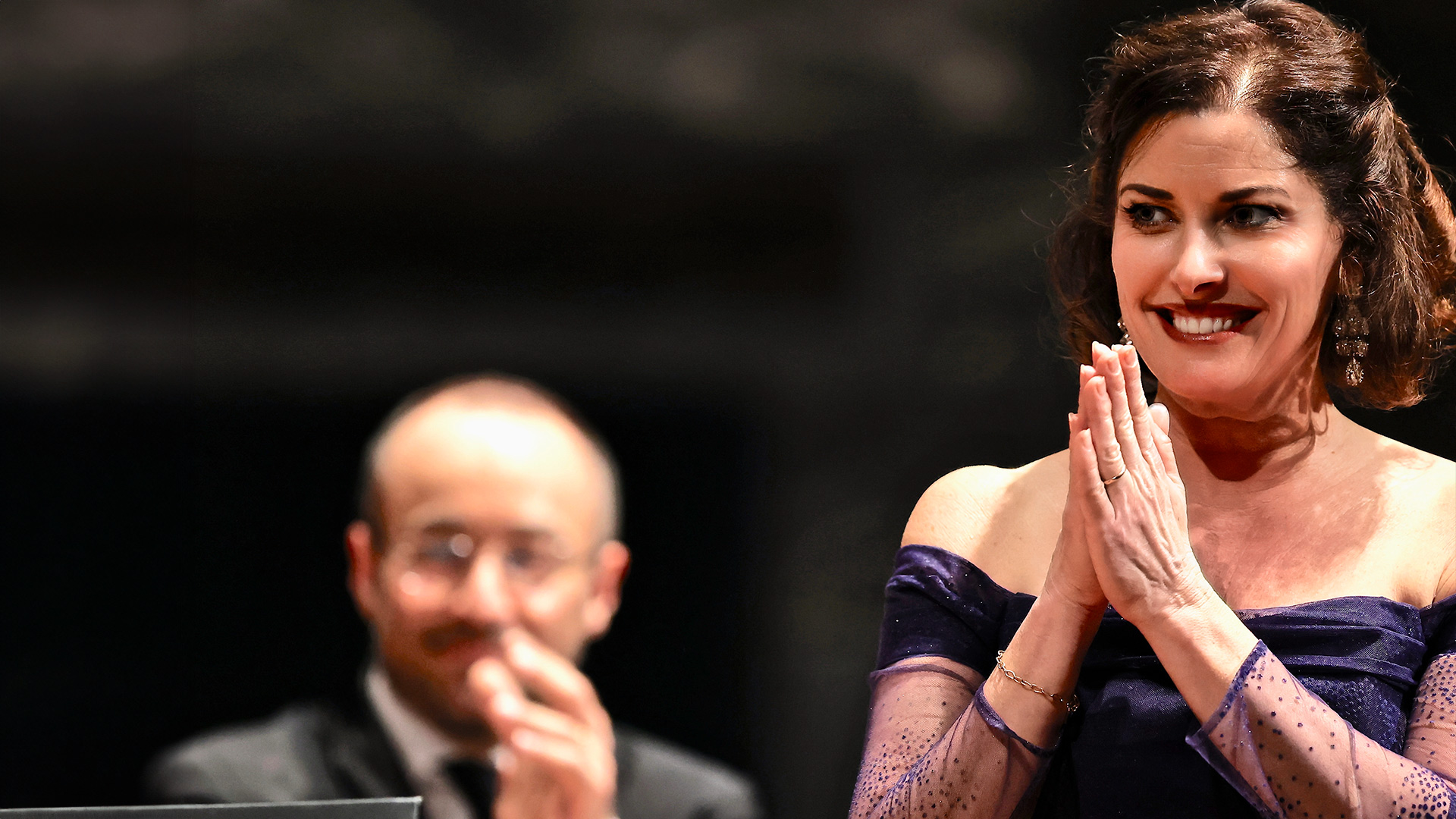CARL MARIA VON WEBER
Euryanthe Ouverture
RICHARD WAGNER
Wesendonck-Lieder
Idillio di Sigfrido
HECTOR BERLIOZ
La mort de Cléopâtre H. 36
Mezzosoprano
Kate Aldrich
Conductor
Riccardo Minasi
Opera Carlo Felice Genova Orchestra
Carl Maria von Weber was one of the most influential composers on the development of German opera in the 19th century. Works such as Abu Hassan (1811), Der Freishütz (1821), Euryanthe (1823) and Oberon (1826), among his best-known plays, are united by the search for a particular continuity of musical discourse, where attention to the motivic plot plays a decisive role in the dramaturgical complexity. In Euryanthe, a grand opera in three acts with a libretto by Helmina von Chézy, this aspect is central, and a recurring motif is dedicated to each character. This technique comes to anticipate Wagner’s use of the Leitmotiv and, more generally, the very development of the theory of the total work of art. Although Euryanthe is little performed today, its overture is often performed in concert halls. Right from the start, where the two themes are set out, the heroic-chivalric atmosphere of medieval Provence – where the opera is set – emerges, as well as the brilliant and sweeping character of a narrative full of twists and turns. The bitematic, tripartite form is enriched by the presence of the Largo before the resumption of the initial tempo.
The Wesendonck- Lieder occupy a special place in Wagner’s production. They were composed between 1857 and 1858, during a period of great creativity in which the composer was beginning to devote himself to Tristan and Isolde. The inspiration came from his intense love affair with the poetess Mathilde Wesendonck. As a tribute to her art, the composer set five of her poems to music, exploring an intimate and unusual dimension for him. The five Lieder for female voice and piano (the orchestral version was prepared later) Der Engel (The Angel), Stehe still! (Stop!), Im Treibhaus (In the Greenhouse), Schmerzen (Grief), Träume (Dreams) were published in 1862. Intense lyricism pervades all five titles, in which the more introverted aspect is perceived on the one hand, and an unfailing theatrical tension on the other. Two of the Lieder, Im Treibhaus and Träume, are referred to as ‘preparatory studies for Tristan und Isolde‘, and were actually included in the opera in an elaborate version adapted to the different musical context.
The Idyll of Siegfried, from 1870, also represents a unicum in Wagner’s catalogue. It is a symphonic poem composed on the occasion of the birthday of the composer’s wife, Cosima, as a portrait of marital serenity. The Siegfried of the title is not the hero of the Tetralogybut rather his beloved son Siegfried, born a few months earlier in June ’69. The restrained composition of the chamber orchestra, the subtle counterpoint including the reworking of some themes from theRing of the Nibelungthe sweet and vaguely melancholic character, are elements of an intimate and familiar musical tale.
La mort de Cléopâtre is an opera scene for soprano and orchestra that Hector Berlioz composed for the Prix de Rome in 1829. It was therefore the commission that assigned the participants in the competition the poem on Cleopatra by Pierre-Ange Vieillard de Boismartin to produce a version of it in music. Il compositore, che giungeva quell’anno al terzo tentativo, non vinse il Premio. It is possible that Berlioz’s writing, already largely predisposed to highly original experimentation, was considered too out of the ordinary. The scene is divided into three arias and four recitatives and meditations, in which Berlioz thoroughly explores Cleopatra’s psychology through his music. Following the story of the crucial moment when Cleopatra decides to perform the extreme gesture animated by ardent passion, the composer describes and exalts every gesture and thought of the protagonist. By virtue of the non-theatrical but concert destination of Death of Cleopatra, Berlioz’s expressiveness is perfectly able to render the tragic nature of the narrative. The central meditation ‘Grands Pharaons’, in which the Queen addresses the pharaohs of the past, reaches the highest point of harmonic and rhythmic experimentation and dramatic intensity.
Ludovica Gelpi


